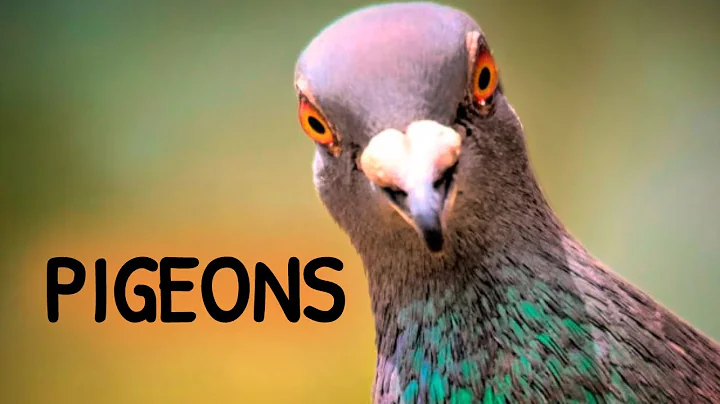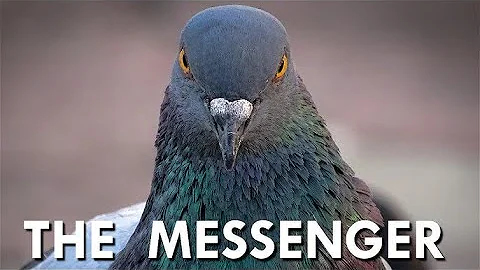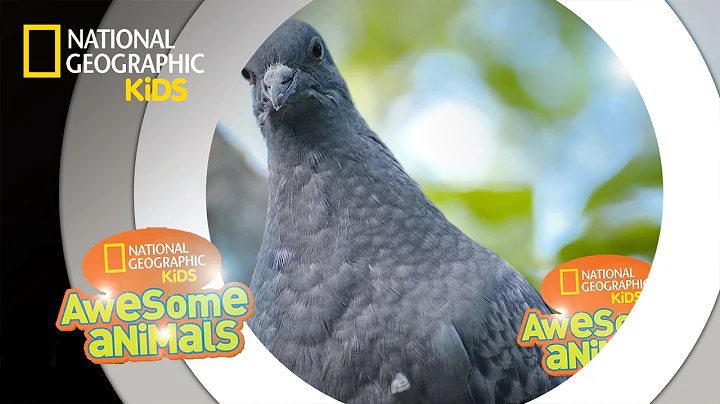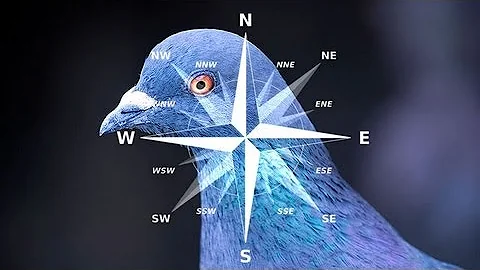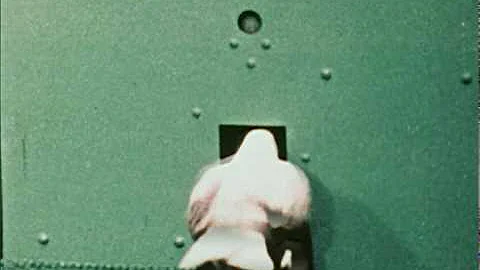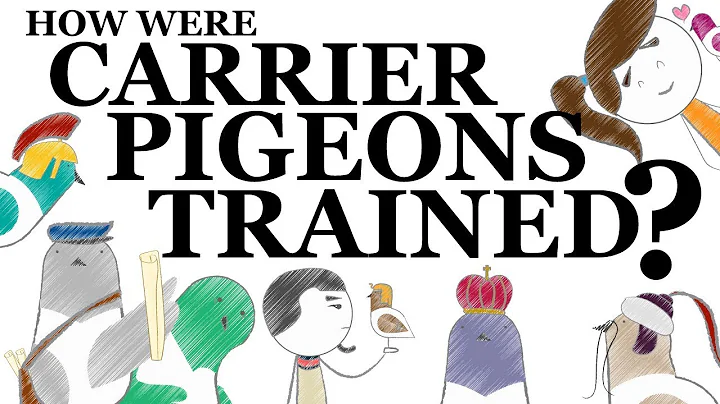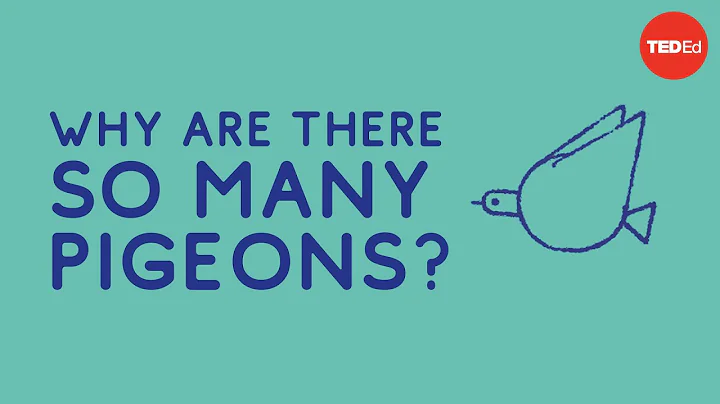"Pigeon identification" is a basic skill for pigeon breeders. It is a summary of experience and understanding through careful observation of pigeons and continuous exploration. Since everyone's pigeon raising experience is different, everyone has his or her own set of pigeon identification skills. Skill.
The following is a one-sentence pigeon scripture on "pigeon appraisal" collected by Liu Jianchuan, a pigeon fancier from Wenjun's hometown. I would like to share it with everyone.
1. Young pigeons that are trained to fly lazily and always take the lead in landing should be eliminated as early as possible.
2. Those who cannot recover quickly after returning from the competition should be eliminated.
3. Pinch the pigeon’s mouth and pull it forward to close its eyes. It is better to blink or stare long.
4. Use your fingers to block the light that hits the pigeon's eyes, and then remove your fingers instantly to observe how fast the pigeon's pupils shrink. Faster is better.
5. Observe the muscles of the pigeon body, not only the fullness and color on both sides of the sternum, but also the elasticity of the wings and the pressure resistance of the back.
6. Thick shoulders can help you have a round chest, which is advantageous when flying.
7. Whether the 6th and 7th main feathers are obviously elongated, and whether the secondary feathers are irregularly raised when the pigeon is standing. This type of pigeon has good performance and will have outstanding results in difficult flights. .
8, Racing pigeon The 7th to 10th large strips should be long and pointed, and the gap between the stripes should be larger, so as to break the wind better and achieve faster speed.
9. When catching pigeons, gently pinch the pigeon's ears. It is better not to open its mouth, but it is not good to have a sense of balance when it opens its mouth.
10. Grab the pigeon and gently pinch its nose. If the pigeon blinks or sheds tears, it means there are symptoms of respiratory infection.
11. The second layer of feathers above the primary feathers and secondary feathers is well covered and has good support and protection for the primary feathers, which is the perfect condition for forming the primary and secondary feathers.
12. The 8th, 9th, and 10th main feathers of the wings should preferably be of the same length or close to the same length, the throat should be deep and small, and the slit on the mouth should be open.
13. It should have a good sense of balance, a strong back, and the three small secondary feathers below the secondary feathers that connect to the body should be the same length and neat, as if they have been cut. The tail should not be raised, but should sink a little.
14. The higher the pigeon’s eyes are on the head, the better.
15. If each main feather of the pigeon is too wide, it is not good.
16. For small pigeons, choose those with full muscles. For large pigeons, choose those with thick bodies and elastic meat.
17. The shoulders should be thick, and the secondary feathers should be short. There is a very prominent gap where the secondary feathers and the primary feathers connect. The longer the last few primary feathers, the better, and they should be relatively narrow and straight.
18. The eye sand is dark in color, with some black eyes. The color distribution should be obvious and not too dark. The eyes of good pigeons can have up to three colors.
19. If a pigeon has achieved good results more than twice, it is definitely a good pigeon. If it has achieved good results more than three times in a row, it must be rare.
20. Use your fingers to measure the humerus of the wings. The shorter the better.
21. The shape of the throat valve is diamond-shaped, preferably small and light red.
22. The sternum should be strong, the chest muscles must be elastic, and the color of the chest muscles should be light red, and the cleaner the color, the better.
23. The distance between the sternum and the toe bones should be small, and the toe bones should be close and tight. A cock with an open toe bone must not be a good pigeon.
24. The pigeons should be quiet when starting. Angry pigeons are not good racing pigeons.
25. The tail of the pigeon should be tight. The shape of the tail can be various, but the tail root should be wide and thin, and the middle should be aligned. When holding the pigeon in balance, the tail feathers can move up and down.

